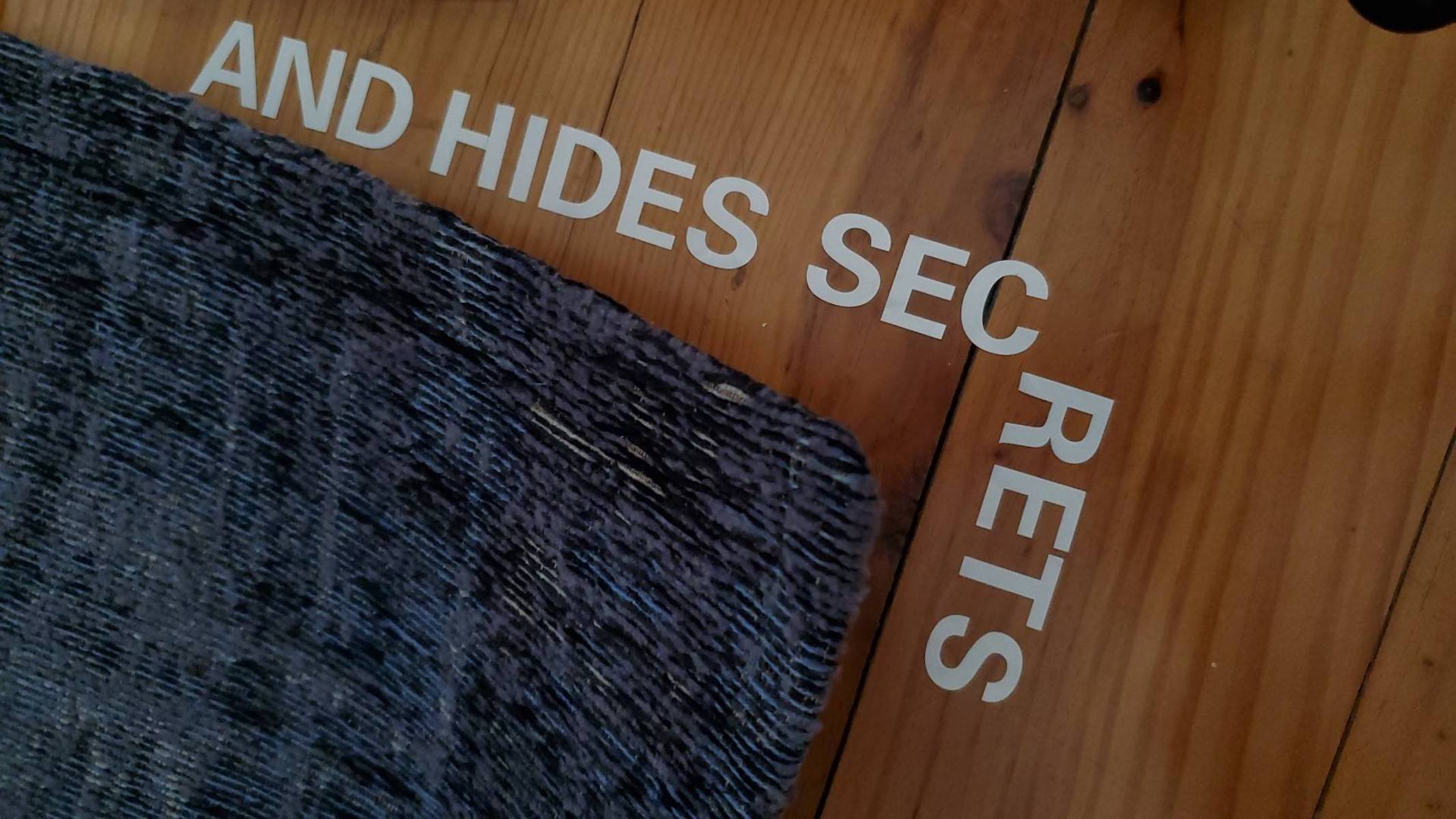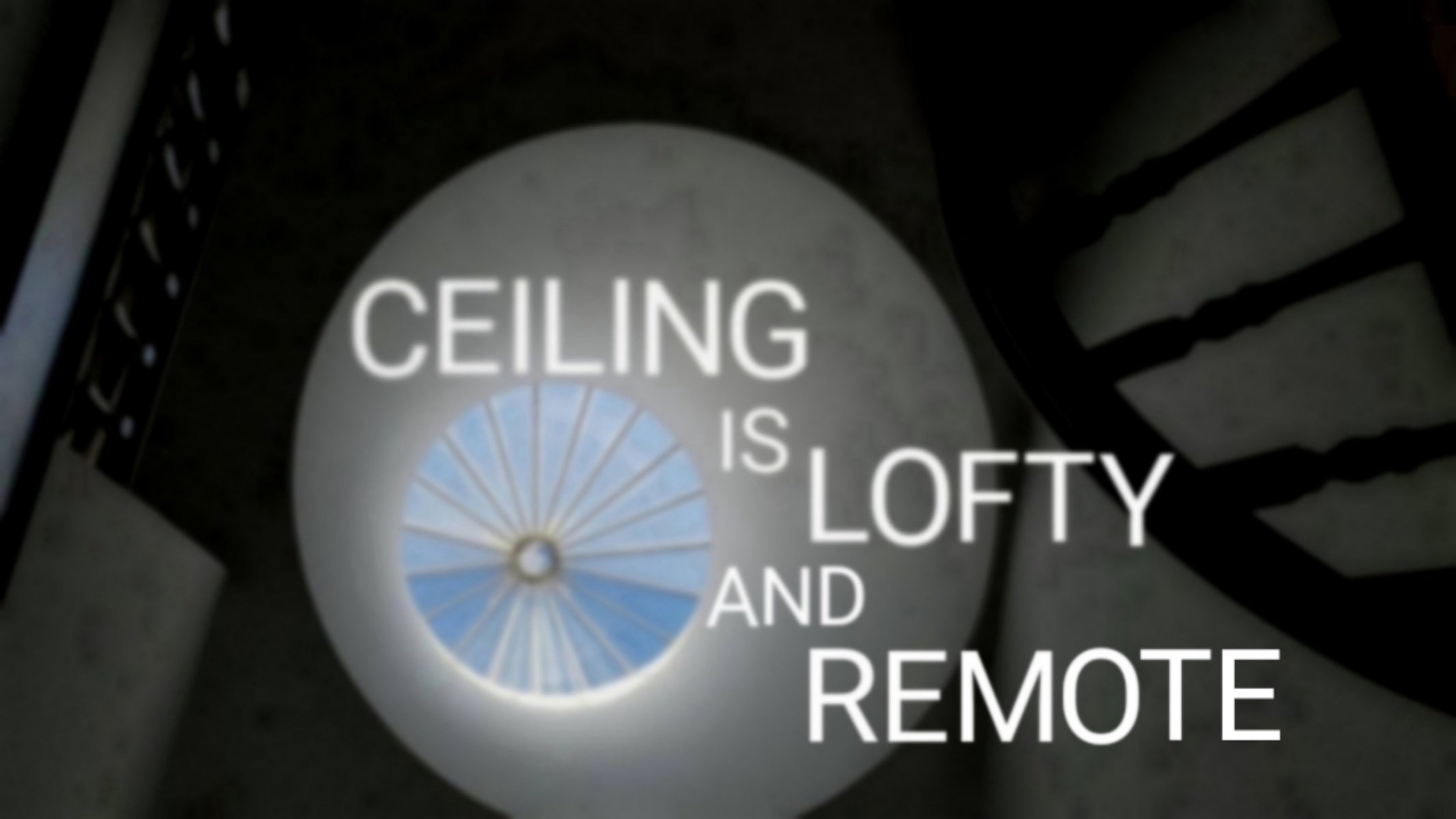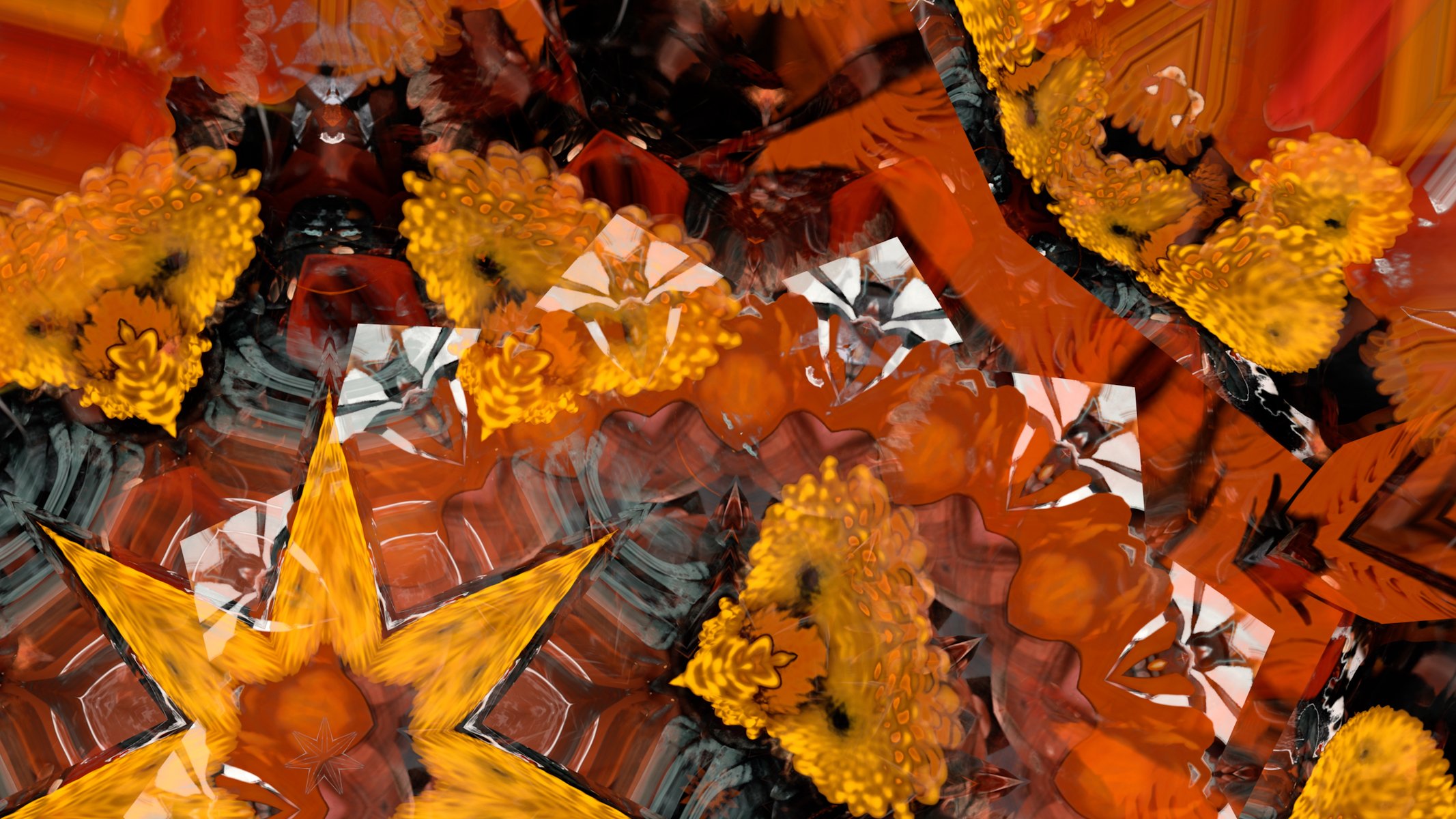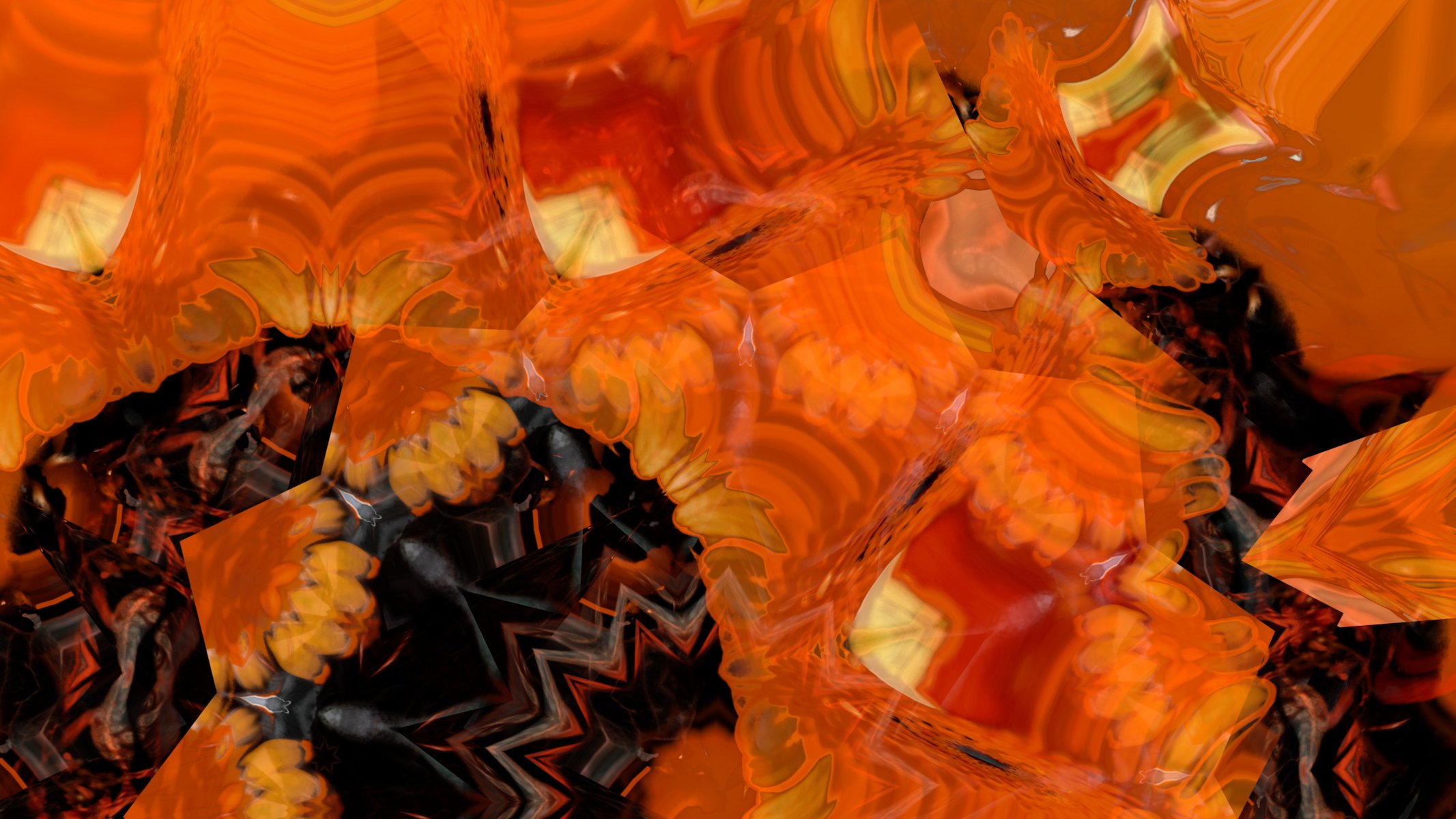Sarah Legow & Joas Nebe
October 2–15, 2022
“Dear Ceiling” by Sarah Legow
Above stills from Dear Ceiling
Tell us about the artwork. What makes it unique?
“Stop-motion letters spell out a brief love note between the floor and the ceiling: the text of the piece reads, in full, ‘What if the floor were in love with the ceiling? Ceiling is lofty and remote. Floor is dirty and hides secrets under the rug. They have a perfect vision of each other, but can never touch. Both quietly hope for an earthquake. Dear ceiling, Love, floor’. The piece is ideal for a public-facing venue in an unexpected location, as it is all about re-engaging the viewer with normally overlooked spaces -- a playful invitation to reimagine the architecture around us as just as spiritually yearning and libidinous as we are. The clear and direct language of the piece makes it particularly accessible as public art – I have found it resonates with diverse audiences.”
About the artist:
Sarah Legow (b. 1982, Ohio, United States) is a sculpture, video, text and installation artist living in Porto, Portugal. Exhibition venues have included Grizzly Grizzly (Philadelphia), the Jane Addams Hull House Museum (Chicago), Third Space Gallery (New Brunswick, Canada), the Wassaic Project's Maxon Mills (Wassaic, NY), Indiana University's Grunwald Gallery of Art, and the CICA Museum (South Korea, forthcoming). She earned her MFA from University of Pennsylvania (2016), BFA from the School of the Art Institute of Chicago (2011), and BA in Art History from Grinnell College (2005).
“The Sweet Here After: Wallpaper” by Joas Nebe
Above stills from The Sweet Here After: Wallpaper
Tell us about the artwork. What makes it unique?
“The Sweet Here After Project is based on Dante Aligheri´s Divine Comedy. The project consists of several video works, which reinterpret the several circles of hell and paradise form a contemporary point of view (no angels, no ancient heros or heros of any kind, no kings, no holy persons etc., but modern locations of hope and aspiring prospect, e.g. a casino, the white cube of a gallery or a museum, the Broadway of prolific theatre culture). The Footage of the video series is based on flower bouquets, which are used to decorate living rooms as well as graves.”
Why video/digital media?
The following are excerpts from “Gaming into Mindfulness” an interview with Joas Nebe by Rebecca Schoensee: “By turning his filmic cabinet of curiosity into an intriguing jigsaw puzzle of hybrid geometric patterns, Joas Nebe teases the viewer into accessing his game.”
He believes: “Riddle games of this kind spark creativity and pass on the role of the artist to the viewer. It’s a never-ending game of disintegration. I challenge the viewer by not living up to his or her expectations. I am denying the satisfaction of solving the riddle, hidden within the depth of my artwork.”




